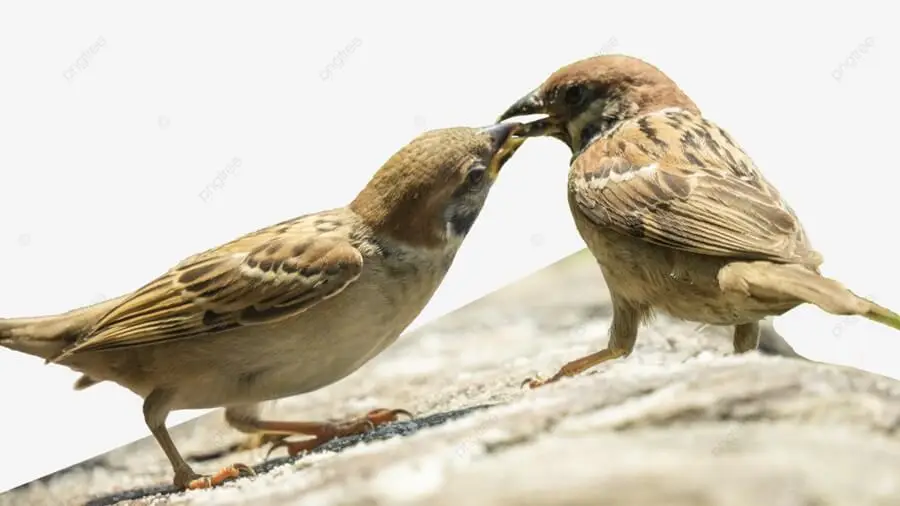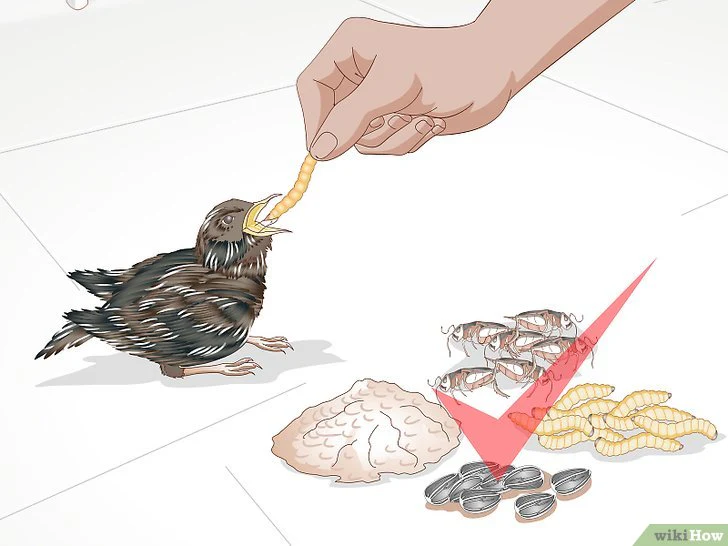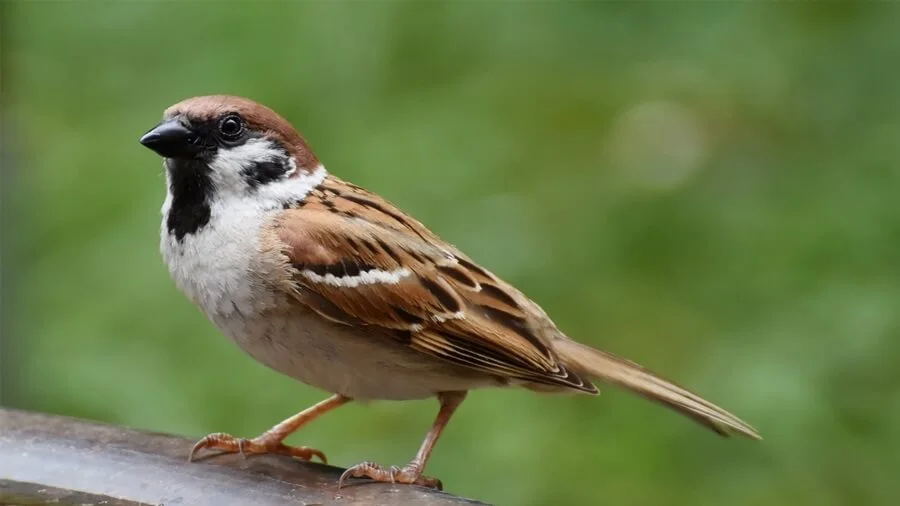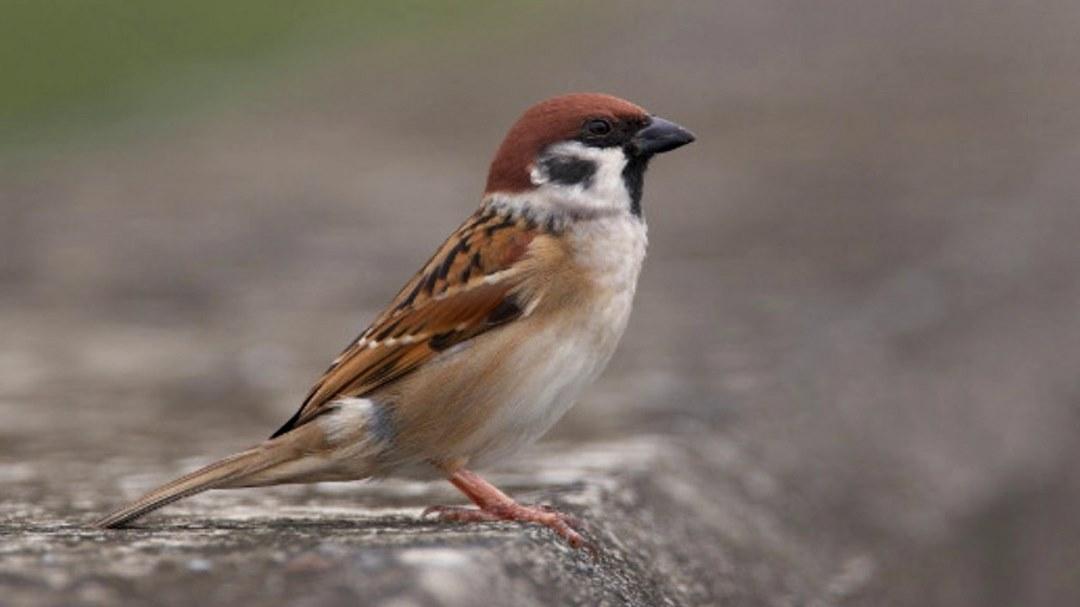Providing Water for Sparrows: A Small Act with Big Impact

Providing Water for Sparrows: A Small Act with Big Impact
Introduction: A Sip of Water, A Spark of Life
On a hot summer day or during a prolonged dry spell, we humans can easily turn on a tap or grab a bottle of water to quench our thirst. But for small creatures like sparrows, finding a clean, safe water source can be a life-or-death challenge. In today’s rapidly urbanizing world—where natural habitats are replaced by concrete, and green spaces grow increasingly scarce—a simple bowl of water left out for birds can become a lifesaving oasis.
Why Sparrows Need Our Help
Sparrows are some of the most familiar birds in both cities and rural areas. However, despite their historical abundance, many sparrow species—especially the house sparrow (Passer domesticus)—have seen significant population declines in recent decades due to:
-
Loss of natural habitat
-
Pollution and pesticide use
-
Scarcity of food and clean water
-
Modern architectural designs that exclude nesting spaces
Water, in particular, is becoming increasingly hard to find, especially in urban environments where natural water bodies have been replaced by buildings, roads, and artificial surfaces that do not retain moisture. By offering clean water, we help these birds survive and thrive.
Benefits of Providing Water to Sparrows
1. Supports Bird Survival, Especially During Extreme Weather
Heatwaves and dry spells can be deadly for small birds. A dish of clean water allows sparrows to stay hydrated, regulate body temperature, and maintain normal physiological functions. In summer, water is just as essential to birds as food.
2. Helps With Hygiene and Feather Maintenance
Sparrows don’t just drink water — they bathe in it. Bathing helps them remove dust, mites, and parasites from their feathers, which keeps them clean, lightweight, and more aerodynamic. A healthy plumage is crucial for flight, insulation, and even courtship displays.
3. Encourages Biodiversity in Urban Areas
When you put out water for sparrows, you’re not just helping one species. Other small birds, butterflies, bees, and even helpful insects may also benefit. Over time, this creates a microhabitat of biodiversity in your garden, balcony, or windowsill — an essential step toward restoring balance in urban ecosystems.
4. Educational and Emotional Benefits for Humans
Observing sparrows come to drink or bathe can be a source of joy, relaxation, and education. It’s a wonderful way to teach children about compassion for nature and the interconnectedness of life. Even in crowded cities, this small act reconnects us with the natural world.
5. Promotes Environmental Awareness and Stewardship
Offering water is often the first step toward a deeper commitment to conservation. People who begin with feeding or watering birds often go on to plant native trees, avoid pesticides, and advocate for greener cities. It’s a gateway to becoming an environmental steward.
How to Offer Water to Sparrows
It’s simple and inexpensive. Here’s how to do it right:
-
Choose a shallow container: A clay bowl, ceramic dish, or even an upside-down frisbee works. Depth should be no more than 2–3 cm.
-
Place it in a safe, shaded area: Avoid full sun and areas where predators like cats might lurk.
-
Change water daily: Clean, fresh water prevents the spread of disease.
-
Avoid chemicals or soap: Rinse with plain water if cleaning the bowl.
-
Add a stone or stick: This gives birds a perch to drink safely.
During winter, in colder climates, consider using heated birdbaths to prevent freezing.
From Backyard Kindness to Global Conservation
What begins as a kind gesture in your backyard contributes to a broader movement to protect birds and restore urban ecosystems. Organizations around the world now encourage citizens to create “bird-friendly spaces” by planting native vegetation, reducing glass collisions, and yes—offering water.
Sparrows are resilient, but they need our help to adapt to modern changes. The more people who provide clean water, the more likely sparrow populations can recover and continue filling our lives with their soft chirps and fluttering wings.
Conclusion: Be a Friend to Sparrows
In a world where so many problems feel overwhelming, offering water to a thirsty sparrow is a simple, direct, and powerful act of kindness. It costs almost nothing, takes only a minute a day, and can mean the difference between life and death for a tiny creature.
Let your home be a refuge — not just for yourself, but for life in all its forms.
Because sometimes, saving the world starts with a single drop of water.











